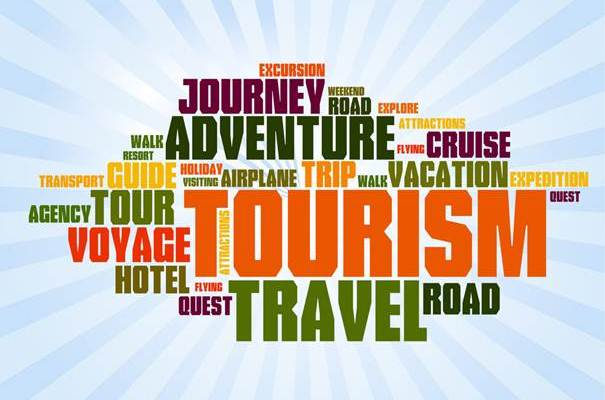International growth is offsetting US jitters over Europe, says NCL
by Lee Hayhurst
Aggressive growth in international markets over the last 12 months will help cruise operator Norwegian Cruise Line cope with a slowdown in the US market.
After recent government warnings over the safety of travelling to Europe cruise operators have reported a softening of the market, although Americans continue to sail closer to home.
NCL says the US slowdown will mean other markets, including the UK, will be expected to make up the shortfall, but international deployments in and Australasia has grown non-US markets.
Francis Riley, NCL executive vice president international business development, said: “We are de-risking ourselves from just being reliant on one major source market.
“Initial growth has been really accelerated by having a local presence in these markets. It’s not rocket science, we have just accelerated our international growth.
“We have changed the structure of our business so that we have a whole dedicated international area directly reporting into the CEO.
“In general the US business has slowed down a bit. It’s not that the business has fallen off completely, it’s just they are tending to sail closer to home. They are changing their choices.”
Riley said NCL was seeing a bigger drop off when balances are due among US guests who had put down a refundable deposit of a European cruise.
And the line is seeing an increase in bookings for Caribbean as US customers defer plans to visit Europe for a year.
NCL says it’s more established international footprint means it can react to specific issues in markets, like the slowdown in Brazil and Norway associated with economic problems due to the low oil price.
Regions where it has significantly upped its presence are Australia, where it has gone from having no one based to 40 today, China for which it has built a ship, the Norwegian Joy, Israel and Scandinavia.
But the UK remains a key source market and next year NCL will reflect this by deploying Norwegian Jade, a ship which was previously based in the UK, to Southampton and Hamburg.
“There is significant increase in capacity for the European market and a big chunk of that will be for the UK to grow,” said Riley.
Recent promotions for this summer have gone down well in the UK, said NCL, which is poised to kick off a campaign linked to the Euro 2016 football tournament that kicks off tomorrow.
The operator will screen matches live on board its ships for those who are interested but will also promote its ships as places to get away from the football if customers choose to.
“Reaction among the trade has been phenomenal which means the UK has seen a record breaking year in terms of passenger numbers and revenues,” said Riley.
“This summer there is a lot of capacity in Europe which has had an impact to a degree on pricing but that comes back to us not being reliant on one particular market.”
NCL says it is working hard to ensure the message gets out that customers who book early do get added value compared to a late bookers taking advantage of a discounted price.
Valuable additional benefits like free Wi-Fi, a drinks package that is worth up to $600 per week or dining options are only available to early bookers.
“Also early bookers are getting the first choice of cabins and the best availability. Typically when you come in with price reductions it’s about topping off the ship rather than filling it.”






























